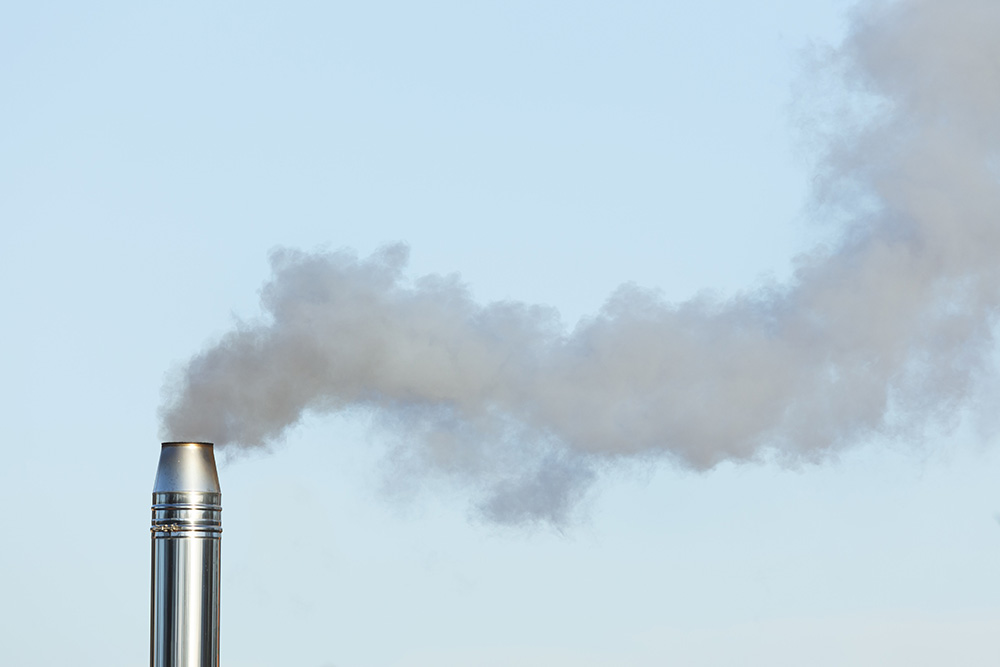
As experts in air pollution control systems, the ASK Piearcey – Madexa ERS partnership provides comprehensive support to businesses to make sure that they comply with current legislation on air pollution. We have found, through experience, that one of the main problems with the sampling and analysis of emissions to atmosphere, is the testing accuracy in air pollution control systems.
If your company undertakes an industrial process, whether that is operating in metal production, chemicals, burning of fuels, waste treatment operations, or any other process off-gas, we are here to help you install the correct pollution control technology.
There are several factors than can contribute to inaccurate testing results that need to be addressed in the initial design of an air pollution control system, but number one is understanding the variance of the data, which we are going to explore further in this article.
Testing accuracy in air pollution control systems
DESIGN data PRECISION
As with any system design, it is critically important to make sure that the data used for the design is as good as it can be, which includes knowing what can affect that data and the variance of the data parameters.
In order to acquire this knowledge, it is necessary to know how the process creating the air pollution operates, along with operational changes that can influence the emissions generated by the process:
- Batch cycles
- Start-up/shutdown
- Discharges
Most of the data supplied for the design is a result of process monitoring.
Many companies that provide pollution monitoring services to industry are MCERT accredited, and their methodology is to report data to comply with environmental legislation and their compliance reporting methods.
Unfortunately, this normally results in data being normalised to a certain set of temperature and moisture conditions, rather than representing the real conditions at the time the sample is taken. Data reported in this way has to be converted again to reflect the actual test conditions and it is this ‘actualised’ data that should be used to calculate the duty the air pollution control system has to handle.
Engineers at the design stage need to know the actualised data of the extract rate normalised to the reference temperature condition, otherwise the design is based on incorrect information.
If the temperature and relative humidity are not provided with the qualification of the flow rate, the error may be exacerbated if the engineer then tries to apply the correction in reverse.
Emission profiling
Spot sampling for contaminant load data in industrial processes is also prone to variation and so needs to have context.
A design engineer could be misdirected to the wrong abatement strategy if the samples are taken at the wrong time of day for example.
There could be many variations according to when industrial processes are more dynamic.
The flow can also experience the same kind of variation and there are many processes with spurious emissions that lead to lower net average emissions.
Design engineers must, therefore, understand the processes’ , and when they are more intense or running at high capacity, to expound a testing method to capture the characteristics of the relevant emissions, in order to take these into consideration within the design of the air pollution control system.
Limitations of test data accuracy
Specific types of instruments are used to standardise testing data within accredited, standard test methods.
The emissions analyst will generate a report which provides the inherent accuracy of the instruments used for testing.
Some companies will also include an error band in their results table.
However, this method is limited because the error band will only be relevant within the parameters that their equipment has been calibrated to analyse.
Unfortunately, there may be some instruments or methods used by these companies that do not register certain compounds.
It is, therefore, crucial that you provide information when requesting the tests and analysis:
- The carrier gas for the analysis
- Likely contaminants
It may be surprising to learn that even a simple air/gas flow may be difficult to measure accurately.
It is true that instrument readings can be accurate, in fact to +/-1%.
However, human error in taking down the readings correctly or taking averages of averages across a velocity profile can increase that variation to +/- 15%!
Other variations can be produced because of external influences such as moisture and temperature, as well as how the instrument was set up or calibrated in the first place.
These factors mean that it is important to recognise:
- The limitations involved in testing
- The level or precision that is achievable with testing
- The expected variance and design planning for worst case scenarios
It is necessary to carefully consider the limitations and often inaccurate data provided by testing for emissions analysis so that the design engineer can set realistic and attainable design goals, along with realistic emissions’ targets.
If you need to control pollution in a new process or it is necessary to integrate pollution controls into an existing operation, the ASK Piearcey – Madexa ERS partnership provides a start to finishservice, including:
- Full process / operation appraisal withmonitoring, sampling, and analysis
- Emissions risk assessment and air dispersion modelling
- Conceptual design of air pollution control systems including Hazard Identification Study (HAZID)
- Development and submission of Environmental Permit application
- Preliminary design with system drawings including process and instrumentation diagrams and control philosophy
- Hazard and Operability study (HAZOP) followed by development of the Tender Specification package
- Support with tender appraisal through to installation and commissioning of air pollution control systems
- Project management and coordination
In this article, we have explored the topic of testing accuracy in air pollution control systems and certain factors that need to be addressed at the design stage of air pollution control systems, in order to deliver the results required. The ASK Piearcey – Madexa ERS partnership, will support you with the design, build, and install of air pollution control systems such as:
- Scrubber systems
- Adsorption systems
- Scrubber systems
- Oxidizer systems
- Cyclone systems
- Filter systems
- Many more…
Please contact us on 0114 299 3975 if you need support with the control of air pollution for your company’s industrial processes.

